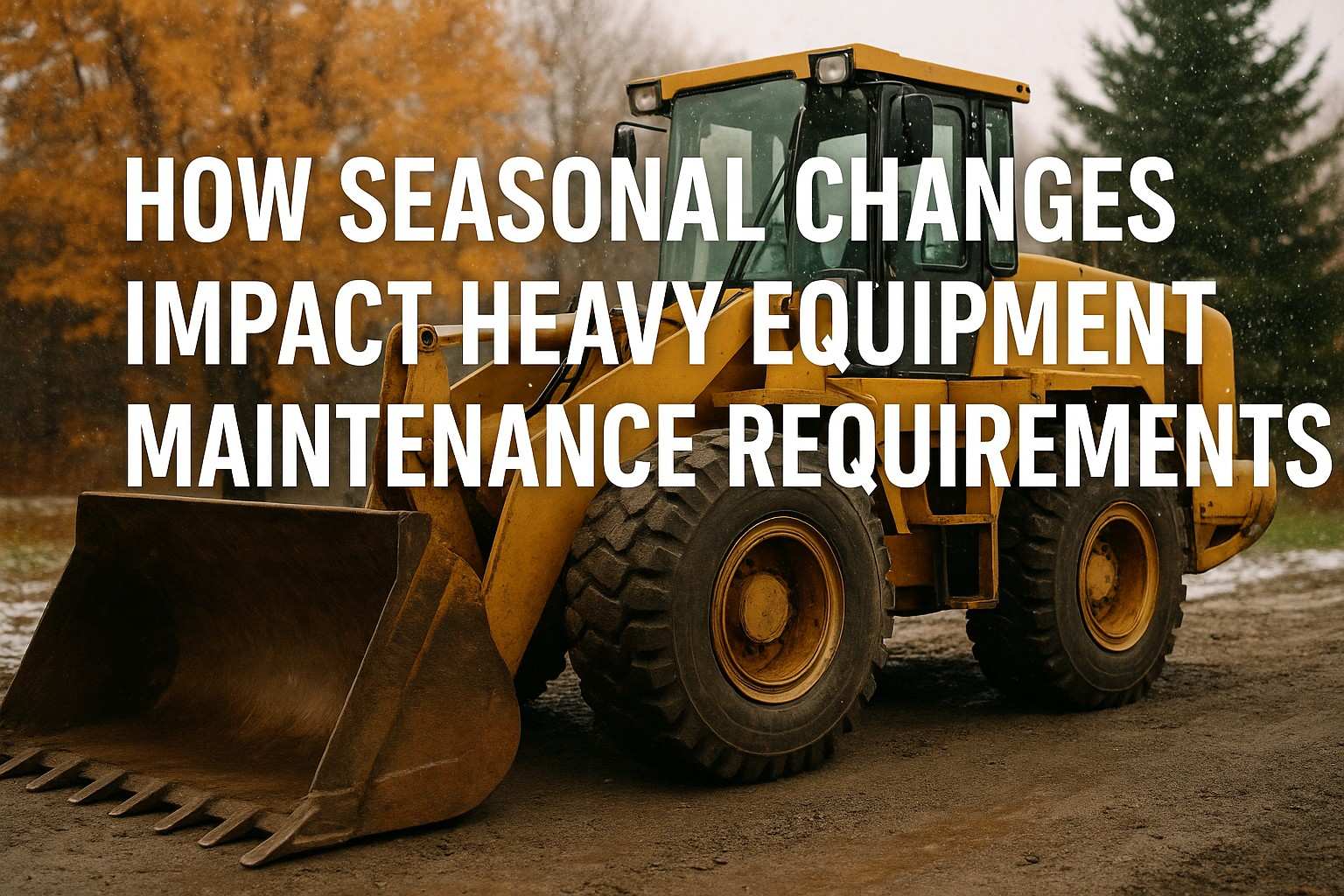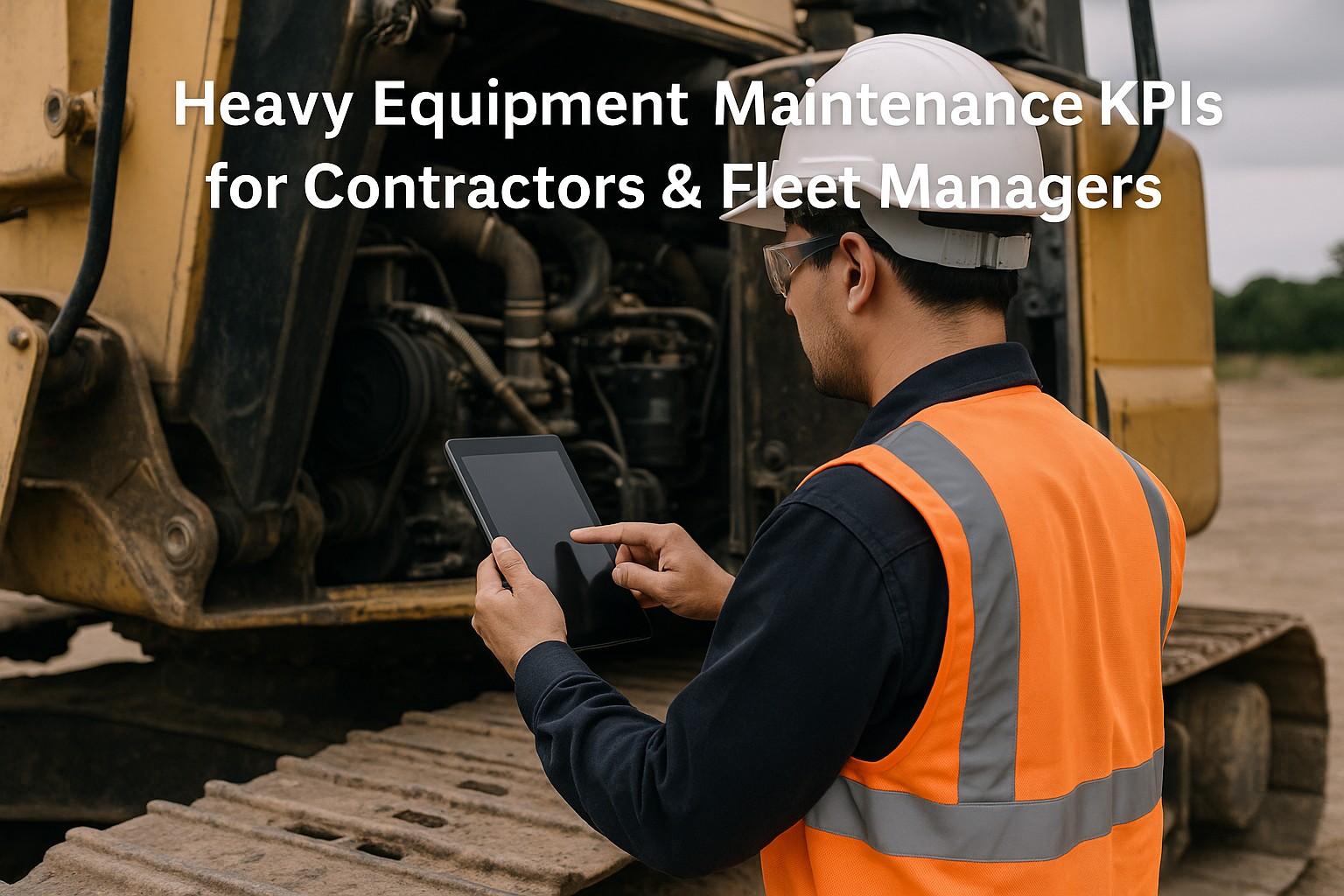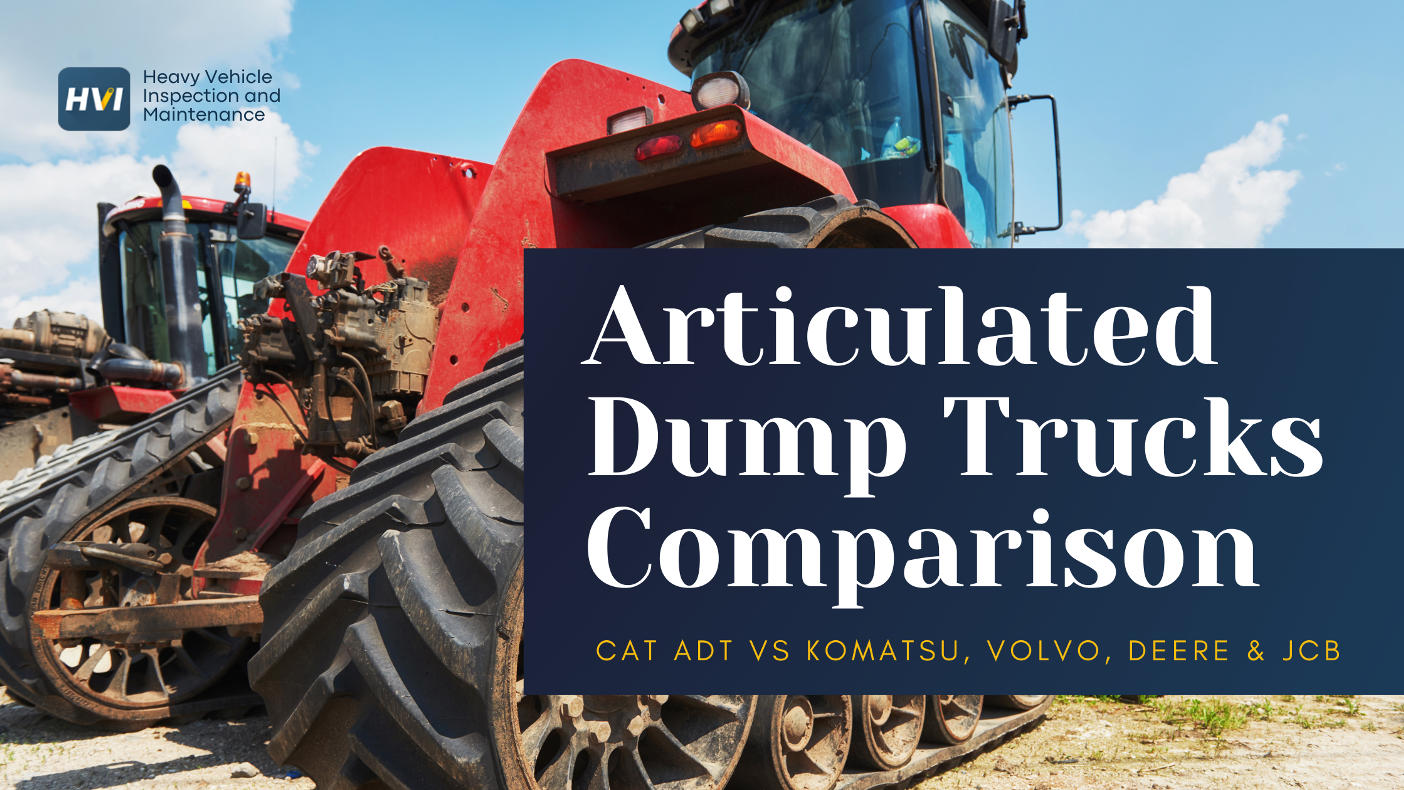Preventive maintenance (PM) is crucial for keeping vehicles in a transit agency's fleet running smoothly, safely, and efficiently. By proactively servicing vehicles on a regular schedule, transit agencies can catch and fix small issues before they turn into major problems that lead to unplanned downtime, costly repairs, and service disruptions. A well-designed PM program revolves around schedules, typically classified as A, B, C, and D, based on mileage intervals and level of service required. In this article, we'll dive into PM schedules A, B, C, and D, exploring what they entail, why they matter, best practices for execution, and how transit agencies can overcome common challenges to reap the benefits of a robust PM program. Get expert guidance on implementing PM schedules.
Understanding PM Schedules A, B, C, and D
PM schedules A, B, C, and D are the backbone of most transit agency maintenance programs. Here's a breakdown of what each level typically includes:
PM Schedule A (every 3,000 miles)
- Change oil and filter
- Inspect tires, electrical system, and fluid levels
- Lubricate chassis and doors
- Check belts, hoses, brakes, lights, and A/C
- Perform a test drive to identify any issues
- Address minor body damage
- Take oil samples for analysis
PM Schedule B (every 12,000 miles)
- All items in Schedule A
- Change transmission fluid and filter
- Check coolant levels and condition
- Test coolant specific gravity and pH
PM Schedule C (every 24,000 miles)
- All items in Schedules A and B
- Change fuel filter
- Perform complete engine tune-up
- Test engine compression
- Replace air filter
- Drain and refill differential lubricant
PM Schedule D (every 48,000 miles)
- All items in Schedules A, B, and C
- Inspect and repack wheel bearings
- Conduct extensive brake system inspection
These PM schedules are designed to be repeated continuously, with each vehicle in the fleet cycling through the different levels based on its mileage and time since the last service. By performing these proactive services at regular intervals, transit agencies can minimize the chances of unexpected failures and keep their fleets in top condition. Start tracking your PM schedules digitally for better compliance and efficiency.
Why PM Schedules Matter
Following PM schedules A, B, C, and D consistently delivers significant benefits for transit agencies:
| Benefit | Impact |
|---|---|
| 1. Improved reliability | Regular PMs help ensure vehicles are always in safe, working order, reducing road calls and service interruptions. |
| 2. Extended vehicle life | Proactively maintaining vehicles prolongs their usable life, allowing transit agencies to get maximum value from their fleet investments. |
| 3. Reduced costs | While PM requires ongoing labor and parts costs, it's far less expensive than the major repairs and unplanned downtime that can occur without proper maintenance. |
| 4. Enhanced safety | PM services give technicians the chance to spot and correct safety issues like worn brakes or tires before they cause an accident. |
| 5. Better budgeting | When vehicles are on a predictable PM schedule, maintenance costs are more consistent and easier to forecast than when relying on reactive repairs alone. |
| 6. Increased resale value | Well-maintained vehicles fetch higher prices at auction or trade-in than those with spotty service histories. |
Preventive maintenance is not an expense- the perception of PM costs, emphasizing that they are a worthwhile investment in the long-term performance and longevity of a transit agency's fleet.
Fleet Manager Insight: Transit agencies that implement comprehensive PM programs typically see a 30-40% reduction in unplanned breakdowns and a 20% increase in vehicle lifespan.
Learn how to optimize your PM program →Best Practices for PM Schedules Success
To get the most value from PM schedules A, B, C, and D, transit agencies should follow these best practices:
1. Customize schedules based on duty cycle
While PM schedules provide a general framework, they should be adapted to each vehicle's specific use case. Factors like route length, passenger load, terrain, and climate can all affect a vehicle's maintenance needs. By tailoring PM schedules to match each vehicle's duty cycle, transit agencies can optimize the frequency and scope of services.
2. Stick to the schedule
Once PM schedules are set, it's critical to adhere to them consistently. Skipping or postponing services can negate the benefits of PM and allow small problems to grow. Transit agencies should treat PM schedules as a top priority and avoid deferring services unless absolutely necessary. Set up automated PM reminders to never miss a service.
3. Use checklists and procedures
To ensure PMs are completed properly every time, transit agencies should provide technicians with detailed checklists and procedures for each PM schedule. Checklists help technicians work efficiently and methodically, making sure no important tasks are overlooked.
4. Document and analyze results
Thorough recordkeeping is essential for a successful PM program. Transit agencies should carefully document the services performed and parts used during each PM, as well as any issues identified. Regular analysis of PM records can help spot trends and refine schedules to be more effective.
5. Invest in training
Well-trained technicians are the key to executing PM schedules A, B, C, and D properly. Transit agencies should provide ongoing training to keep technicians up-to-date on the latest maintenance techniques and vehicle technologies. ASE certifications and other industry credentials can also help ensure technicians have the knowledge and skills needed for PM success.
6. Leverage technology
Fleet maintenance software, like the HVI app, can be a game-changer for managing PM schedules. With automated PM tracking and reminders, digital checklists, and real-time reporting, transit agencies can streamline PM operations and get complete visibility into maintenance activities. Schedule a demo to see how technology can transform your PM program.
Transform Your PM Program Today
Join thousands of transit agencies that have reduced maintenance costs by up to 25% with digital PM management.
Overcoming PM Challenges
While the benefits of following PM schedules A, B, C, and D are clear, implementing an effective PM program can come with challenges:
1. Unpredictable workload
Even with the best-laid plans, unexpected repairs can throw off PM schedules and create backlogs. To minimize disruption, top transit agencies build a "cushion" into schedules to absorb emergent work. They also use fleet maintenance software to optimize scheduling and track real-time progress against plans.
2. Technician buy-in
Getting technicians on board with PM schedules can sometimes be difficult, especially if they are used to a reactive maintenance approach. Managers should communicate the "why" behind PM schedules and provide incentives for completing PMs on time. Soliciting technician feedback and input into PM schedules can also boost engagement.
3. Inventory management
Having the right parts on hand for scheduled PMs is critical for avoiding delays. Transit agencies should work closely with parts suppliers and use inventory management software to ensure a steady supply of common PM parts. Tracking parts usage during PMs can help refine stocking levels over time. Integrate parts tracking with your PM schedules.
4. Budget constraints
The upfront costs of a PM program can be a barrier for some transit agencies. However, the long-term savings and efficiency gains from PM far outweigh the initial investment. To secure necessary funding, maintenance managers should build a business case showing the ROI of PM schedules, including projections for reduced road calls, fewer major repairs, and longer vehicle lifespans.
The Road Ahead
As vehicles become more complex and transit agencies face pressure to do more with less, PM schedules A, B, C, and D will only become more important. By embracing PM best practices and leveraging technology to streamline the process, transit agencies can deliver safe, reliable service while controlling costs. The key is to make PM a part of the transit agency's culture, from leadership to technicians, and continually refine schedules based on real-world results. With the right approach, transit agencies can maximize the value of their PM programs and keep their fleets running smoothly for years to come.
Conclusion: Manage PM Schedules A, B, C and D
PM schedules A, B, C, and D provide a powerful framework for proactive vehicle maintenance in transit agencies. By performing the right services at the right intervals, agencies can improve reliability, safety, and cost-efficiency while extending the useful life of their fleets. The key to success lies in following best practices, from customizing schedules to each vehicle's duty cycle to leveraging technology for PM management. While implementing a robust PM program can come with challenges, the long-term benefits are well worth the effort. Transit agencies that prioritize and optimize PM schedules position themselves for success in today's demanding transportation landscape.
Streamline Your Preventive Maintenance with the HVI App!
Enhance your fleet's efficiency and reliability with the user-friendly HVI App. Easily manage PM schedules A, B, C, and D, track maintenance activities, and keep your team aligned. Eliminate manual paperwork and boost productivity. Visit HVI App to learn more and start your free trial today. Experience proactive maintenance management at its best with HVI!
Take the first step towards mastering the intricacies of PM schedules A, B, C, and D
Our expert team is ready to show you how HVI's flexible, scalable solutions can transform your transit fleet maintenance operations.
No credit card required • Set up in minutes • Cancel anytime
Top 5 FAQs: Preventive Maintenance Schedule
1. Q: What are the main differences between PM schedules A, B, C, and D?
A: PM schedules A, B, C, and D are differentiated by the mileage intervals and the level of service required. Schedule A (every 3,000 miles) includes basic services like oil changes and inspections, while Schedule D (every 48,000 miles) involves more extensive services like brake system inspections and wheel bearing repacks. Schedules B and C fall in between, with progressively more comprehensive maintenance tasks. Access digital checklists for all PM schedules.
2. Q: How can transit agencies customize PM schedules for their specific needs?
A: Transit agencies should tailor PM schedules based on each vehicle's duty cycle, considering factors like route length, passenger load, terrain, and climate. By adapting schedules to match vehicle usage, agencies can optimize the frequency and scope of services, ensuring that each vehicle receives the appropriate level of maintenance. Get expert help customizing your PM program.
3. Q: What are the key benefits of following a consistent PM program?
A: Consistent adherence to PM schedules A, B, C, and D delivers numerous benefits, including improved vehicle reliability, extended vehicle life, reduced maintenance costs, enhanced safety, better budgeting, and increased resale value. By catching and addressing issues early, agencies can minimize unplanned downtime and keep their fleets running smoothly.
4. Q: How can transit agencies overcome challenges in implementing a PM program?
A: Common challenges in implementing PM programs include unpredictable workloads, technician buy-in, inventory management, and budget constraints. To overcome these obstacles, agencies should build cushions into schedules, communicate the importance of PM to technicians, carefully manage parts inventory, and build a strong business case for PM by highlighting its long-term ROI.
5. Q: What role does technology play in managing PM schedules effectively?
A: Fleet maintenance software, like the HVI app, can significantly streamline PM management. With features like automated PM tracking, digital checklists, and real-time reporting, agencies can simplify their maintenance operations, ensure consistency, and gain complete visibility into their PM program. Embracing technology is key to maximizing the benefits of PM schedules A, B, C, and D. Start your free trial today.
Explore The HVI Fleet App Today!
Experience the power of preventive maintenance schedule and take your fleet operations to new heights.
You may also read:
- The Importance of Schedule Maintenance
- Importance of PM Schedules A,B,C & D
- Best Practices to Manage PM Schedules A, B, C and D
- Mastering the Complexity of PM Schedules A, B, C, and D in Transit Fleet Maintenance
- Boosting Safety and Reliability: The Benefits of Automated Preventive Maintenance
- Preventive Maintenance: Unlocking the Power of Proactive Fleet Management
- Preventive Maintenance: The Proactive Approach to Keeping Your Heavy Vehicles Running Strong
- 5 Reasons to Inspect & Maintain your Heavy Vehicles & Equipment in the Cloud
- The Battle of Unplanned Breakdowns vs. Timely PM Services: Achieving Maintenance Excellence
Ready to Revolutionize Your PM Program?
Join over 25,000 fleet managers who trust HVI to streamline their preventive maintenance operations.





